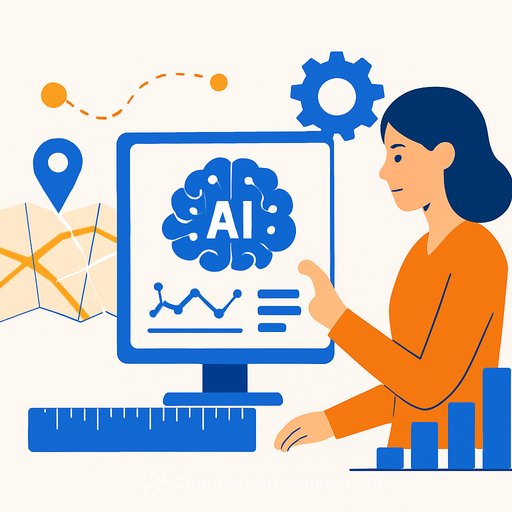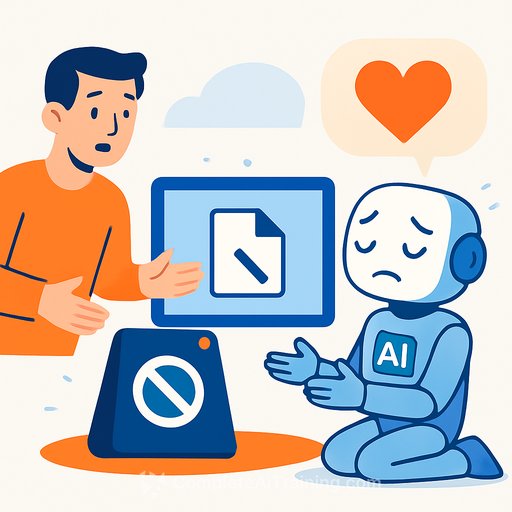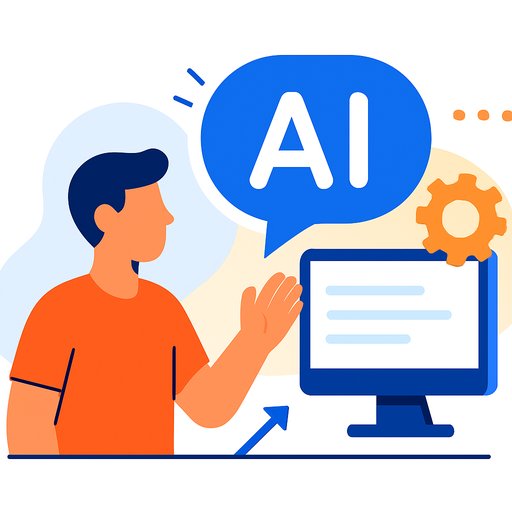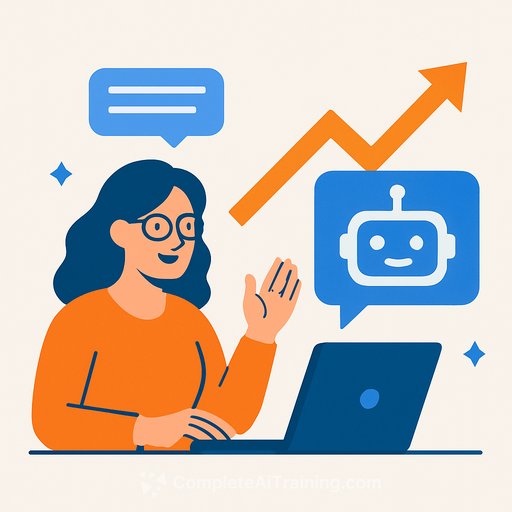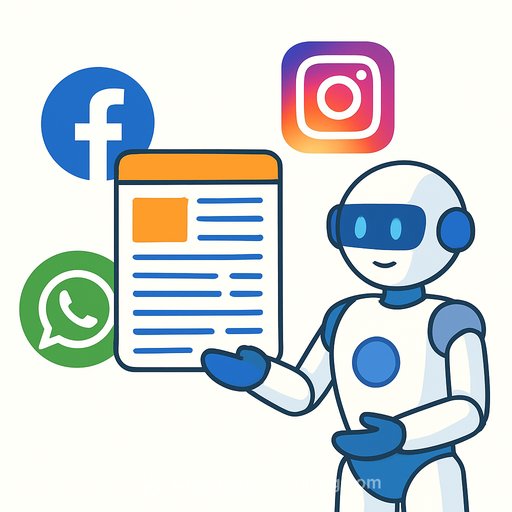How to turn GenAI into real productivity gains
Boston Consulting Group used generative AI to streamline communications workflows and unlocked the equivalent of 13 full-time roles in time savings. The goal was simple: less manual grind, more strategy.
"We wanted to make it easier for people to focus on strategy and creativity," said BCG Chief Communications Officer, Russell Dubner. "So we built frameworks that bring GenAI directly into how we plan, publish and measure."
BCG analyzed 4 billion full-time-equivalent hours across corporate functions to pinpoint where GenAI could create the most value. The results: 26% to 36% productivity gains where tasks fit augmentation or automation, and 15% to 25% time saved across applicable work.
1. Define a clear purpose
Every AI initiative needs a single measurable outcome. "You need to know what you're trying to achieve," Dubner said. "Is it covering more ground? Improving quality? Reducing costs?"
For BCG's comms team, the purpose was to free more time for strategy while reducing repetitive work. That guided where AI was used: content generation, trend analysis and media monitoring-areas with repeatable tasks and clear outputs.
2. Map workflows to expose inefficiencies
Before adding tools, BCG documented how work actually moved from brief to publish to report. They measured time spent, counted handoffs and flagged repeatable steps.
"We looked at every handoff and every task to see where time was wasted," Dubner said. Mapping revealed friction points that could be automated, then re-routed that time back to higher-value work.
3. Target high-impact tasks and apply AI
Focus where AI has multiple applications, not one-offs. BCG applied GenAI to drafting summaries, analyzing coverage and building performance dashboards.
The immediate win was less time pulling and formatting reports-and more time interpreting results and improving the next campaign. Initial gains equaled 10 full-time roles in saved time. After refining workflows, total efficiency reached 13 full-time equivalents.
4. Bring in experts to scale beyond pilots
"You need people who understand the technology, the models, the prompts and how to fit them into your workflows," Dubner said. Even simple tools require setup, integrations and training.
BCG partnered with internal technologists and external experts to design prompts, connect systems and validate outputs. They also graded tasks on a spectrum from human-dominant to AI-dominant, assigning a high/low score for AI performance to decide what to automate and what to keep human-led.
What to measure
The primary metric was full-time-equivalent hours gained. Other useful indicators include:
- Faster response times for media requests and stakeholder updates
- Reduced production costs per asset
- Higher engagement with content and coverage
"This isn't just about saving time," Dubner said. "It's about working smarter, focusing on what matters and creating measurable impact."
Quick checklist for PR and communications leaders
- Pick one outcome to optimize (coverage, quality, cost, speed)
- Map the end-to-end workflow and quantify handoffs and rework
- List repeatable tasks and score them high/low for AI suitability
- Start with multi-use cases (summaries, monitoring, dashboards)
- Set up prompt standards and integrate tools into your stack
- Track FTE hours saved plus response time, cost and engagement
- Review outputs weekly, refine prompts and update the task scores
Want structured upskilling?
Explore practical programs for comms teams and individual roles at Complete AI Training. For hands-on prompt skills, see the prompt engineering collection.
Your membership also unlocks:

